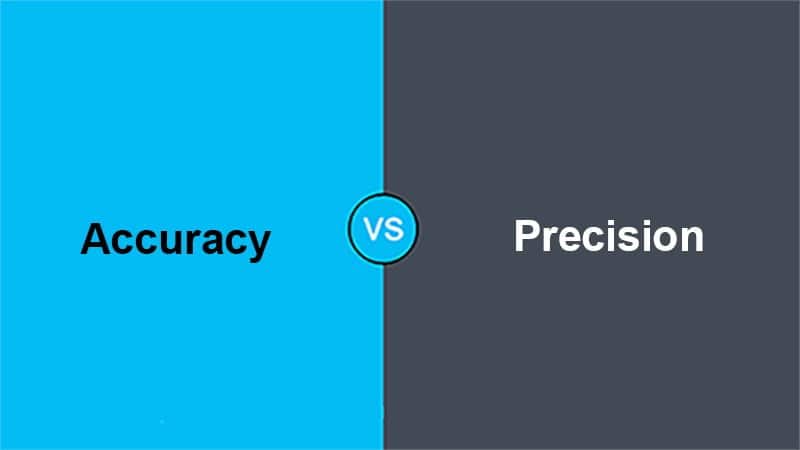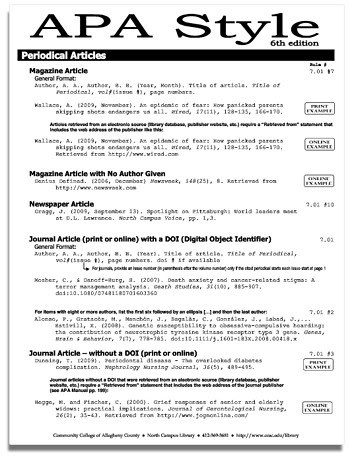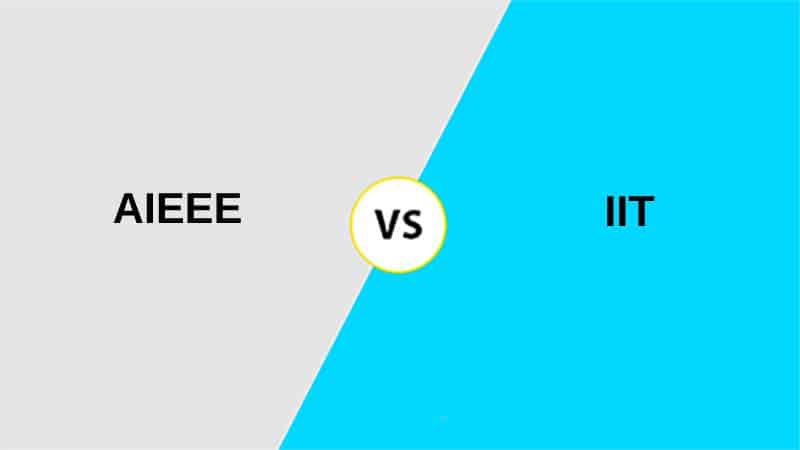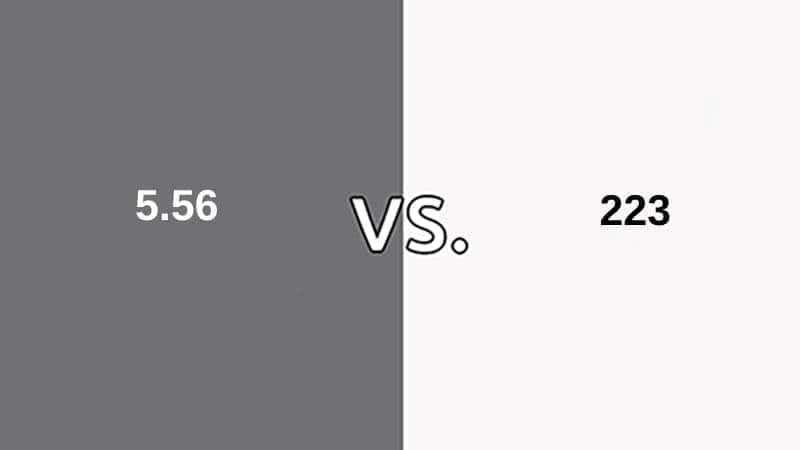Everyone seems that accuracy and precision are similar, but it is not true they are quite different. Both the names are taken together to measure the validity of the data, but how many of you know the actual difference between them?
Accuracy and precision are the two terms that are used to measure the things that are related to science and engineering. In terms of science and engineering, accuracy and precision give the measurement of statistical data.
Accuracy vs Precision
Accuracy refers to how close a measurement is to the true or desired value, while precision relates to how consistent and reproducible measurements are when taken repeatedly.

Accuracy is the correctness of the measurement value when compared to its true value. It agrees closely with the accepted standard for that measurement. For example, accuracy is likely to determine how the value is close to the actual value of that specific data.
Precision refers to how the measurements are close to each other regardless of whether those measurements are accurate or not. For example, the precision of the experiment or object is how something can be constantly and remain exact. It shows the strict exactness of any object or experiment.
Comparison Table Between Accuracy and Precision
| Parameters of Comparison | Accuracy | Precision |
|---|---|---|
| Definition | Refers to how close a measurement is to the true or desired value. | Refers to how consistent and reproducible measurements are when taken repeatedly. |
| Focus | Focuses on the closeness to the target or true value. | Focuses on the consistency of measurements, regardless of their proximity to the true value. |
| Example | Hitting the bullseye in archery represents accuracy. | Shooting multiple arrows closely grouped together, even if not hitting the bullseye, represents precision. |
| Measurement | Accuracy is measured by comparing a measurement to a known standard or true value. | Precision is assessed by the degree of scatter or spread in a set of measurements. |
| Errors | Accuracy errors are related to systematic or bias errors that consistently shift measurements away from the true value. | Precision errors are associated with random fluctuations or variability in measurements. |
| Goal | The goal is to minimize the difference between measurements and the true value. | The goal is to minimize the variability or scatter in repeated measurements. |
| Trade-off | Achieving high precision may not necessarily lead to high accuracy, and vice versa. | Balancing both high accuracy and high precision can be challenging, as improvements in one may affect the other. |
What is Accuracy?
Accuracy is a fundamental concept in measurement and quantification, representing how close a measured value or result is to the true or desired value. It is a crucial aspect of quality control, scientific research, engineering, and many other fields where precision and reliability are essential.
In practical terms, accuracy indicates the absence of systematic or biased errors in measurements. A highly accurate measurement means that it closely matches the actual or target value, indicating minimal deviation. Achieving accuracy involves calibration, standardization, and rigorous control of variables that could introduce errors.
Accuracy is evaluated by comparing measurements to a known standard or reference value, referred to as a “ground truth.” The difference between the measured value and the true value, known as the measurement error, quantifies accuracy. This error can be expressed as a percentage or in absolute terms, depending on the context.
In scientific experiments, accurate measurements are crucial for drawing reliable conclusions and ensuring the validity of research findings. In industries like manufacturing, accurate measurements are essential to meet quality standards and produce consistent, reliable products. Precision instruments, careful data collection, and calibration procedures are used to enhance accuracy in various applications.
What is Precision?
Precision, in the context of measurement and quantification, refers to the degree of consistency and reproducibility in repeated measurements or observations. It is a fundamental concept in fields such as science, engineering, manufacturing, and statistics, where exactness and reliability are crucial.
A precise measurement implies that when the same quantity is measured multiple times, the results are very close to each other, even if they may not be close to the true or desired value. Precision is concerned with reducing random or stochastic errors in measurements, which result from factors like instrument limitations, environmental variations, or inherent variability in the system being measured.
Precision is quantified using statistical measures such as standard deviation or variance. A low standard deviation indicates high precision because it signifies that measurements cluster closely around the mean or average value.
It’s important to note that precision does not necessarily imply accuracy. While precise measurements are consistent and reproducible, they may still deviate from the true value or target. Achieving high precision involves using sensitive instruments, controlling environmental factors, and conducting multiple measurements to reduce random errors.
In practical applications, precision is vital for quality control in manufacturing, scientific research, and data analysis. It allows for the detection of subtle changes, trends, or variations in data, leading to better decision-making and improved product or process performance.
Main Differences Between Accuracy and Precision
Accuracy:
- Accuracy relates to how close a measured value is to the true or desired value.
- It measures the absence of systematic or biased errors in measurements.
- Achieving accuracy involves comparing measurements to a known standard or reference value (the “ground truth”).
- It quantifies the deviation between the measured value and the true value, known as the measurement error.
- Accuracy is essential for obtaining reliable and trustworthy measurements in scientific research, quality control, and other applications.
Precision:
- Precision focuses on the degree of consistency and reproducibility in repeated measurements or observations.
- It concerns the reduction of random or stochastic errors in measurements.
- Precision is quantified using statistical measures like standard deviation or variance.
- High precision means that measurements cluster closely around the mean or average value.
- Precision does not necessarily imply accuracy; precise measurements can deviate from the true value.
- Precision is crucial for detecting subtle changes, trends, or variations in data and is essential for quality control, research, and data analysis.















